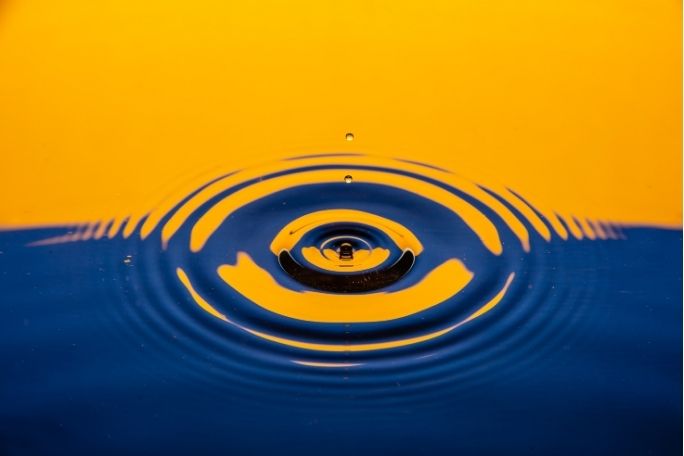Lesson summary
In this activity students design and conduct an experiment to compare the difference in plant growth between plants grown using tap water and greywater. Upon completion of the experiment, students are asked to record the changes to the plants with a camera and to produce data showing these changes.
Learning intentions:
Students will...
- Identify how plants respond to grey water compared to fresh water.
- Investigate, interpret and analyse data to create graphs.
- Develop scientific explanations based on scientific knowledge, logic, and analysis.
- Demonstrate the ability to work collaboratively to research and compile information on issues (extension/homework).
Lesson guides and printables
Curriculum links
Select your curriculum from the options below.
Lesson details
Curriculum mapping
Year 7 Science:
- Collaboratively and individually plan and conduct a range of investigation types, including fieldwork and experiments, ensuring safety and ethical guidelines are followed (ACSIS125)
- Summarise data, from students’ own investigations and secondary sources, and use scientific understanding to identify relationships and draw conclusions (ACSIS130)
Year 7 Mathematics:
- Identify and investigate issues involving numerical data collected from primary and secondary sources (ACMSP169)
Year 8 Science:
- Collaboratively and individually plan and conduct a range of investigation types, including fieldwork and experiments, ensuring safety and ethical guidelines are followed (ACSIS140)
- Summarise data, from students’ own investigations and secondary sources, and use scientific understanding to identify relationships and draw conclusions (ACSIS145)
Syllabus Outcomes: SC4-5WS, SC4-6WS, SC4-7WS.
Extension opportunities: Complete a similar experiment that varies soil pH
Activity Type: Experiment, Communication, Group Work
Time needed: One lesson to prepare and one week to collect data
Level of teacher scaffolding: High – Introduce new content, assist with data collection
Resources required
- Internet, camera, electronic scale, tap water, grey water, mung beans or what seeds, rulers
Additional info
This is an original Cool.org lesson. Facts and figures in these lessons may have changed since this lesson was published. We always endeavour to update our resources in a timely manner, but if you see an error or issue in our resources please get in touch with us.


Welcome back!
Don't have an account yet?
Log in with:
Create your free Cool.org account.
Many of our resources are free, with an option to upgrade to Cool+ for premium content.
Already have an account?
Sign up with:
By signing up you accept Cool.org's Terms and Conditions(Opens in new tab) and Privacy Policy(Opens in new tab).